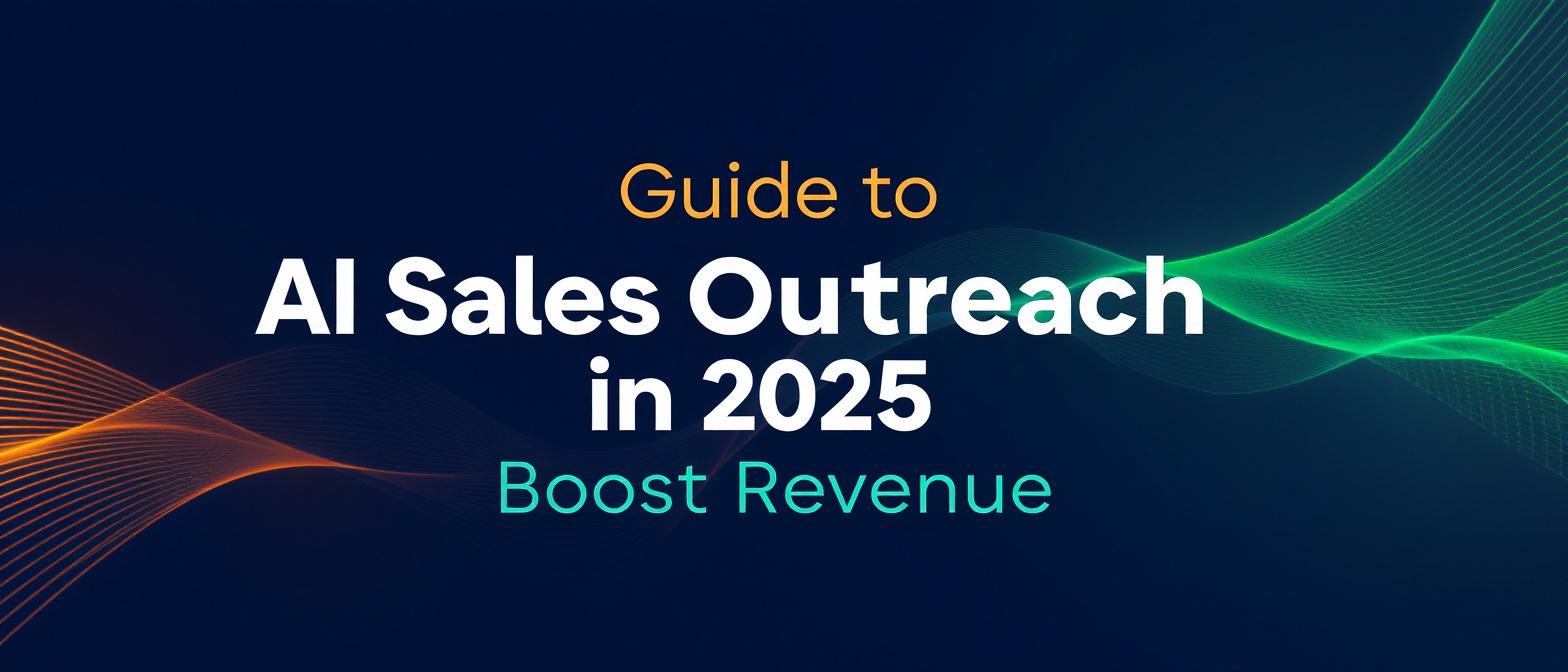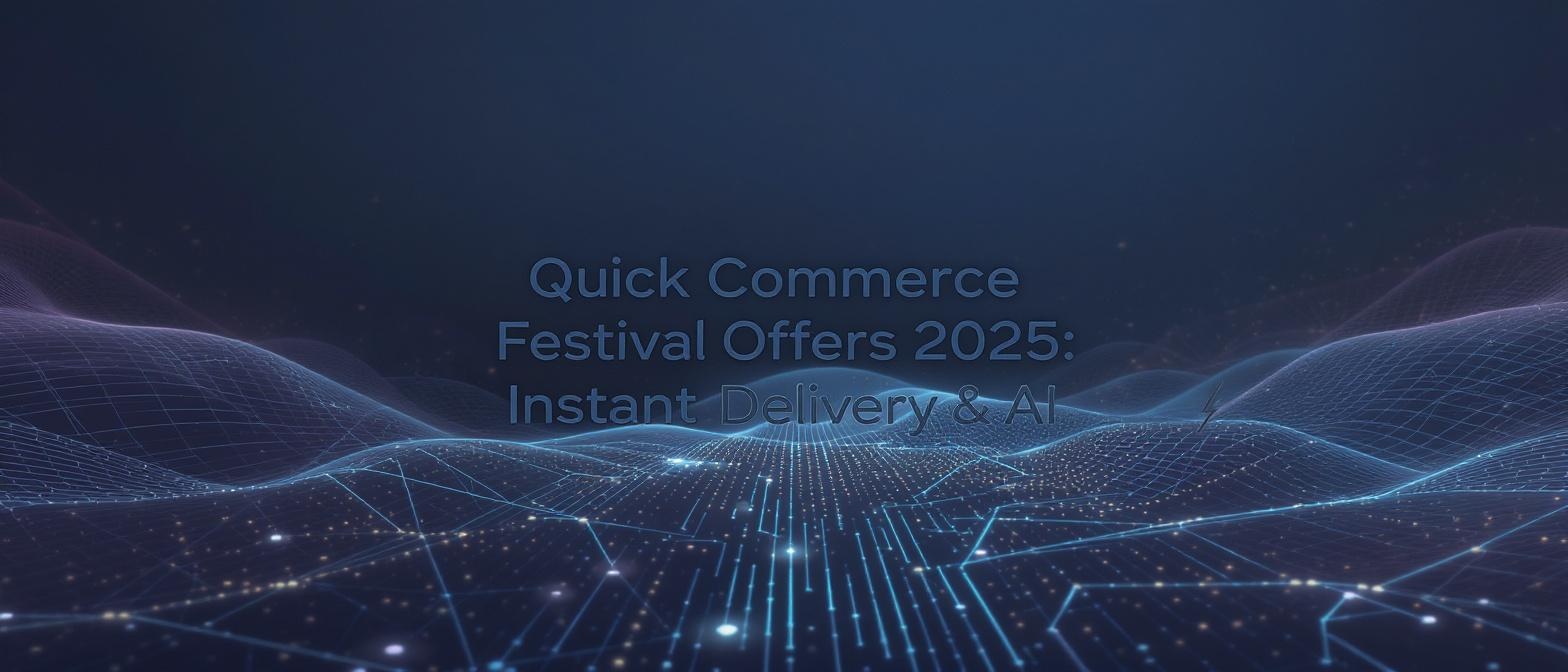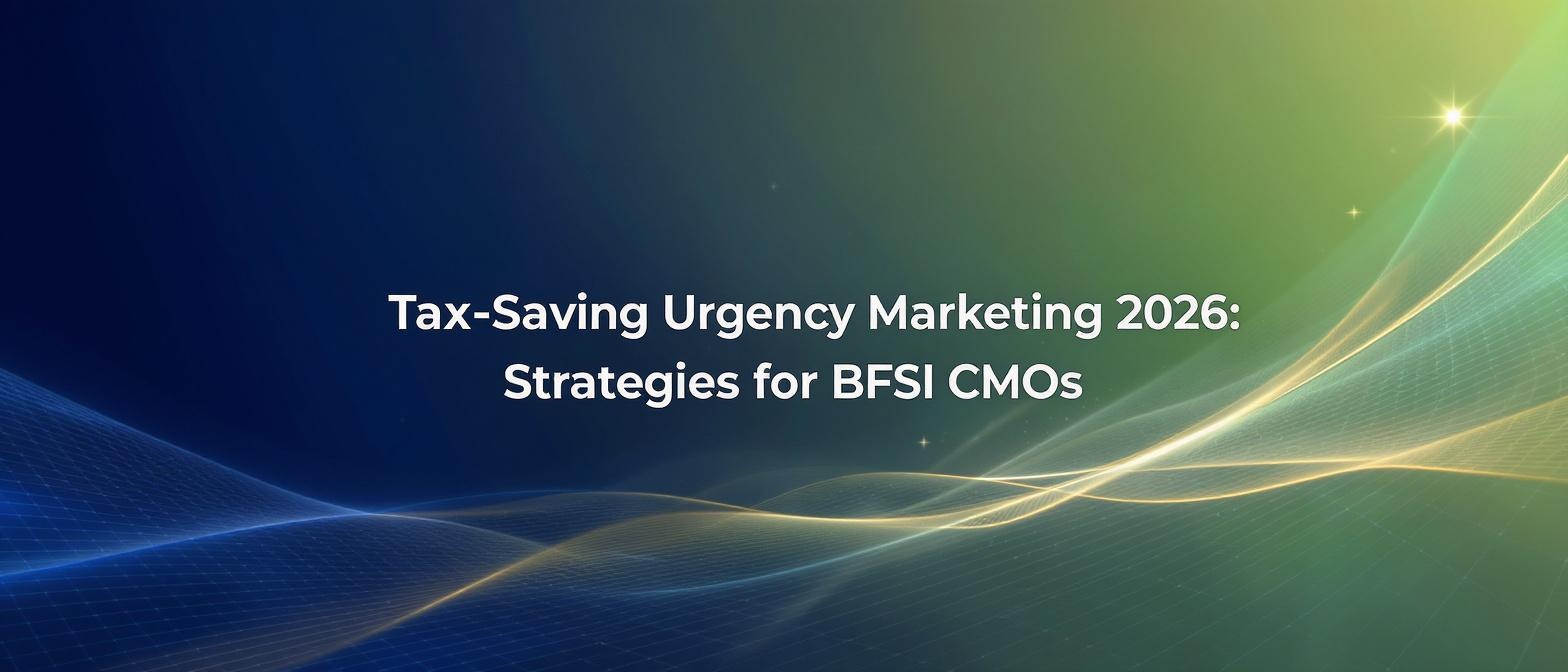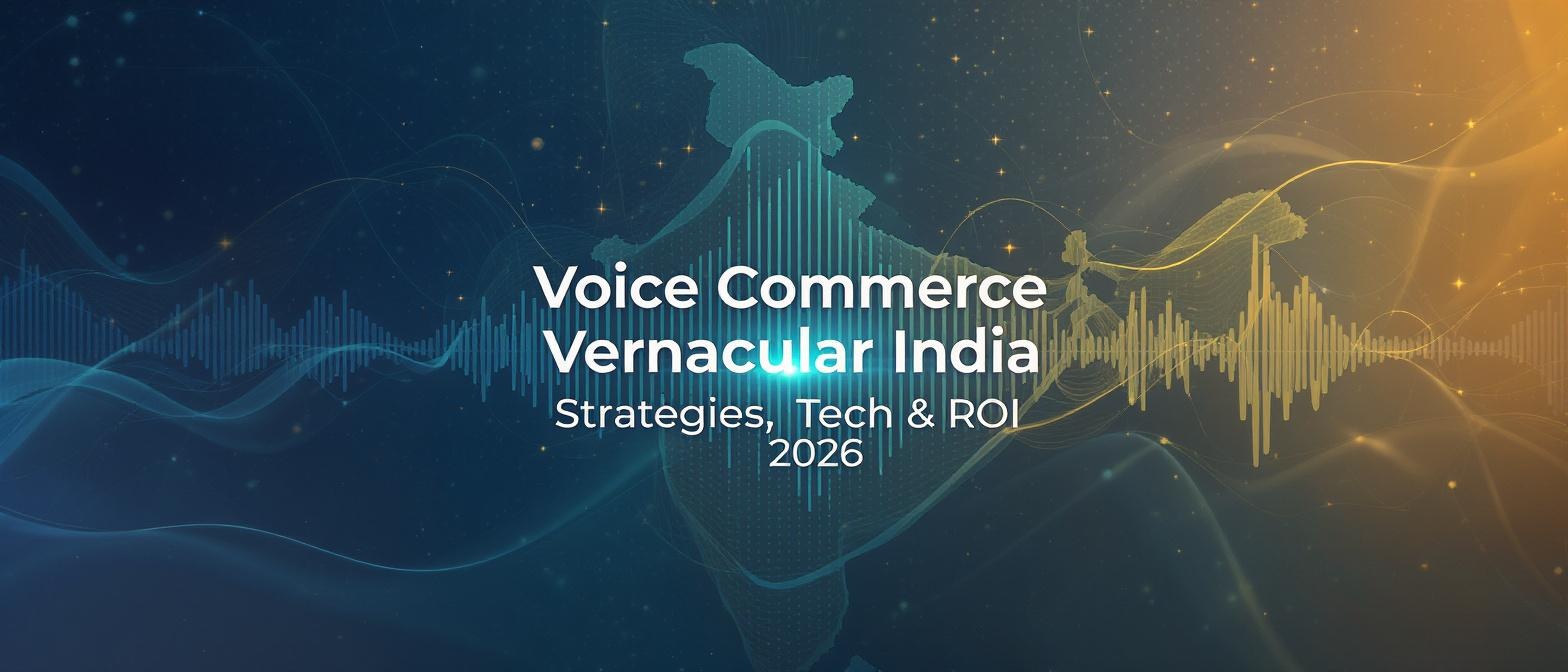The Ultimate Guide to AI Sales Outreach: How to Triple Engagement and Crush Quotas in 2025
Estimated reading time: 13 minutes
Key Takeaways
- AI sales outreach supercharges personalization, bridging the gap between mass outreach and genuine human connections.
- Video-based AI outreach fosters deeper trust and engagement with improved message retention levels.
- Implementing an AI-powered funnel includes defining ICP tiers, data enrichment, and robust A/B testing.
- Ethical and transparent AI usage fosters authenticity, builds trust, and drives higher ROI.
In the relentless battle for attention, the modern sales professional is armed with a double-edged sword. Digital channels offer unprecedented access to prospects, yet inboxes are more saturated than ever, and decision-makers have developed an acute immunity to generic outreach. The “more is more” approach—blasting thousands of templated emails—is officially dead. Response rates are plummeting, prospect fatigue is at an all-time high, and sales teams are burning out trying to manually personalize at scale.
So, how do you break through the noise? The answer isn’t working harder; it’s working smarter. Welcome to the era of AI Sales Outreach. This isn’t about replacing skilled salespeople with robots. It’s about augmenting their talent with powerful tools, automating the mundane, and unlocking a new frontier of hyper-personalized communication. By leveraging cutting-edge AI video technology (source), top-performing teams are not just reaching prospects; they are engaging them, building trust from the first touchpoint, and dramatically shortening the sales cycle.
This guide is your comprehensive roadmap. We’ll move beyond the buzzwords to provide a step-by-step framework for implementing a powerful AI-driven outreach strategy that builds genuine connections, books more meetings, and helps you decisively crush your 2025 sales quotas.
Chapter 1: The Seismic Shift: Why Traditional Sales Outreach is Broken
The “More is More” Fallacy
The digital floodgates have turned this volume-based strategy into an unwinnable arms race. Every day, your ideal prospect is bombarded with dozens, if not hundreds, of unsolicited messages. This creates a phenomenon known as “prospect fatigue,” where even well-intentioned outreach is perceived as spam. The result? A staggering 98% of cold emails receive no reply. The traditional approach is no longer just ineffective; it’s actively damaging your brand’s reputation with every ignored message.
The Personalization Gap
Sales leaders know that personalization is the antidote to this fatigue. A message tailored to a prospect’s specific role, industry, and pain points will always outperform a generic template. The problem is scalability. Manually researching every prospect and crafting a unique message for each one is an impossible task for any rep trying to hit a quota.
This creates a “personalization gap”—the chasm between what prospects expect (a relevant, timely, and personal message) and what sales teams can realistically deliver. This is precisely where the old model breaks down and where AI emerges not just as an advantage, but as a necessity. As detailed in research from HubSpot, overcoming these prospecting challenges is the number one priority for modern sales organizations.
Chapter 2: Defining AI Sales Outreach: Beyond the Buzzwords
AI Sales Outreach is the strategic application of artificial intelligence to enhance and automate the process of engaging potential customers. It’s about using technology to work at a scale and with a level of intelligence that is humanly impossible.
What It Is (And What It Isn’t)
At its core, AI outreach is about augmenting the salesperson. It handles the repetitive, data-heavy tasks that consume up to two-thirds of a rep’s day, freeing them to focus on high-value activities like building relationships, strategic negotiation, and closing deals.
Key components include:
- Intelligent Lead Scoring: AI algorithms analyze thousands of data points to predict which leads are most likely to convert, allowing teams to prioritize their efforts effectively.
- Automated Data Enrichment: AI tools automatically find and verify contact information, company details, and even recent trigger events (like a new funding round or executive hire), providing reps with crucial context.
- Hyper-Personalization at Scale: AI can generate thousands of unique message variations, tailored to each individual prospect based on their data.
Crucially, this is not about creating spam bots. Effective AI outreach is never about deceiving a prospect or removing the human element entirely. It’s about using technology to make the first touchpoint so relevant and valuable that it earns a human conversation. Platforms like Studio by TrueFan AI enable sales teams to create thousands of unique video messages that feature a consistent, professional delivery, ensuring every prospect receives a high-quality, personalized experience that feels one-to-one.
Chapter 3: The Game-Changer: Personalized AI Video at Scale
While personalized text is a step up from generic templates, personalized video is a quantum leap. It’s the single most powerful tool in the modern AI sales arsenal for forging genuine human connection through a digital medium.
The Psychology of Video: Why It Works
Text is processed. Video is experienced. When a prospect sees a salesperson’s face and hears their voice, a powerful psychological connection is formed.
- Builds Instant Trust: Video allows for non-verbal cues—a smile, confident body language—that are impossible to convey in text. This activates mirror neurons in the brain, fostering a sense of familiarity and trust before a single word is spoken.
- Boosts Engagement and Retention: The human brain is hardwired to prioritize visual information. Viewers retain 95% of a message when they watch it in a video, compared to 10% when reading it in text. According to a 2025 study by Zebracat, personalized videos can increase email click-through rates by a staggering 29%.
- Drives Loyalty: Deeper connection leads to greater loyalty. Market data from Idomoo shows that personalized video delivers a 3x to 4x greater boost in customer loyalty compared to generic video content.
Overcoming the Scalability Hurdle with AI Avatars
Historically, the roadblock to video outreach has been the same as with any personalization: scale. A sales rep can’t spend their entire day recording hundreds of unique videos.
This is where AI video generation becomes a game-changer. Modern platforms use AI-powered, photorealistic avatars to generate unique videos from nothing more than a script. A sales rep can create one core message, and the AI can automatically insert the prospect’s name, company, or other relevant details, creating a unique video for every single person on their list in minutes.
For global teams, this is revolutionary. Studio by TrueFan AI’s 175+ language support and AI avatars (source) mean you can record a message once and deliver it perfectly lip-synced in the native language of prospects from Tokyo to Berlin, breaking down communication barriers and opening up new markets with unprecedented ease.
Chapter 4: Building Your AI-Powered Sales Machine: A Step-by-Step Implementation Guide
Adopting AI outreach isn’t about flipping a switch; it requires a strategic framework. Follow these five steps to build a scalable and effective AI-powered sales engine.
Step 1: Define Your Ideal Customer Profile (ICP) and Tiers
Not all prospects are created equal. Before you build any campaign, clearly define your ICP. Then, segment your prospect list into tiers.
- Tier 1 (High-Value Accounts): These might still get a fully manual, bespoke video from the sales rep themselves.
- Tier 2 (Core ICP): This is the sweet spot for AI-generated personalized video.
- Tier 3 (Broader Market): These might receive a less personalized but still relevant AI video message.
Step 2: Data Enrichment and Trigger Events
Your AI is only as good as the data it’s fed. Use data enrichment tools (like Clearbit or ZoomInfo) to ensure you have accurate names, titles, and company information. More importantly, set up “trigger events.” These are signals that a prospect might be ready to buy, such as:
- Their company just received a new round of funding.
- They were recently promoted or changed jobs.
- They posted on LinkedIn about a challenge your product solves.
- They visited your pricing page.
Step 3: Crafting Your Core Video Scripts
You don’t need a thousand different scripts. Start with a few core templates based on different use cases:
- The “Cold” Outreach Script: A short, engaging intro (under 60 seconds) that references a trigger event and clearly states your value proposition.
- The “Meeting Follow-Up” Script: A quick recap of your call, reiterating key points and next steps.
- The “Re-Engagement” Script: For prospects who have gone cold, offering a new piece of value or insight.
Step 4: Choosing Your Tech Stack
A modern AI sales stack is a powerful ecosystem. Key components include:
- CRM: Your central source of truth (e.g., Salesforce, HubSpot).
- Sales Engagement Platform: To manage multi-channel sequences (e.g., Outreach, Salesloft).
- AI Video Generation Platform: The engine for your personalized video outreach.
- Data Providers: To fuel your personalization efforts.
For an in-depth analysis of the evolving sales technology landscape, Gartner provides authoritative research that can help guide your investment decisions.
Step 5: Launching & A/B Testing Your Campaigns
Start small. Launch a pilot campaign with a segment of your Tier 2 list. Continuously test every variable:
- Email Subject Lines: Try using “Video for [Prospect Name]” vs. a more benefit-driven headline.
- Video Thumbnails: Test a static image vs. an animated GIF.
- Calls-to-Action (CTAs): Compare “Book a meeting” vs. “Learn more.”
- Video Length: Test 45-second videos against 90-second versions.
Analyze the data, iterate on what works, and then scale your winning campaigns across the entire sales team.
Chapter 5: Measuring What Matters: ROI and Performance Metrics for AI Outreach
The impact of AI outreach goes far beyond simple open and click rates. To truly understand its ROI, you need to track a new set of more sophisticated metrics that directly correlate with revenue.
Beyond Open Rates: The New KPIs
- Video View-Through Rate (VTR): What percentage of prospects who click play actually finish the video? A high VTR indicates your message is engaging and relevant.
- Reply Rate & Sentiment Analysis: Don’t just count replies; analyze them. Are they positive, curious, or negative? This qualitative data is gold. A 2025 report on sales efficiency highlights that companies adopting sales automation see efficiency improvements of 10-15% (source).
- Meeting Booked Rate: This is the ultimate top-of-funnel metric. What percentage of video sends directly result in a booked discovery call? This directly ties your AI efforts to sales pipeline.
- Sales Cycle Velocity: How quickly are deals closing after being initiated with an AI video touchpoint? AI-driven strategies that use predictive lead scoring have been shown to enhance lead-to-customer conversion rates by as much as 28%, according to industry analysis.
Calculating the True ROI
The return on investment from AI outreach is multifaceted. Solutions like Studio by TrueFan AI demonstrate ROI through (source) significant reductions in production time and cost, allowing reps to focus on closing deals rather than recording videos. Furthermore, the efficiency gains across the team, coupled with higher conversion rates and faster deal cycles, create a powerful compounding effect on your bottom line. As documented in reports by firms like IBM, AI-powered productivity is a key driver of revenue growth.
Chapter 6: The Human Element: Ethical AI and Building Authentic Relationships
With great power comes great responsibility. As we deploy increasingly sophisticated AI, maintaining trust and authenticity is paramount. The goal is to make prospects feel seen and understood, not tricked or spammed.
Transparency is Non-Negotiable
Never try to pass off an AI avatar as a real person recording a live video. Best practice is to be upfront and authentic. A simple line like, “I’ve created this short video for you using an AI platform to quickly share an idea I had for [Prospect’s Company],” builds trust through transparency.
Avoiding the Uncanny Valley
The quality of your AI matters. Low-quality, “deepfake” style videos can be jarring and damage credibility. This is why using platforms that are built on an ethical foundation—using high-resolution, photorealistic avatars that are fully licensed from real people—is crucial for maintaining a professional brand image. It’s about creating a seamless, high-quality experience, not an unsettling one.
AI as an Enabler, Not a Replacement
The ultimate goal of AI sales outreach is to generate more high-quality human conversations. AI should handle the initial outreach, the follow-ups, and the data analysis, clearing the path for the salesperson to step in when the prospect is engaged and ready to talk. It’s a powerful co-pilot, designed to make human sellers better, faster, and more effective. Connect this to TrueFan’s “licensed avatars” and “consent-first” model.
Chapter 7: The Future is Now: 2025 and Beyond in AI Sales
The pace of innovation in AI is staggering. The strategies that are cutting-edge today will be standard practice tomorrow. Looking ahead, three major trends will define the next wave of AI sales.
- Hyper-Contextualization: Future AI agents will move beyond static data points. They will analyze a prospect’s real-time digital body language—such as a LinkedIn post they made an hour ago or a new article their company just published—to craft outreach that is uncannily relevant and timely.
- The AI Sales Coach: AI will provide real-time feedback and coaching to reps during live sales calls, analyzing tone, pacing, and word choice. It will suggest better questions or rebuttals on the fly, dramatically accelerating training and performance.
- The Convergence of Sales and Marketing: The data silos between sales and marketing will dissolve. A unified AI engine will manage the entire customer journey, delivering a seamless, personalized experience from the first marketing touchpoint to the final deal negotiation.
The AI market is exploding, with Forbes projecting its value to soar past $1 trillion by 2031. For sales organizations, this isn’t a trend to watch; it’s a tidal wave to ride or be swept away by.
Conclusion: Your Co-Pilot for Growth
The age of impersonal, volume-based sales is over. The crowded digital landscape demands a new approach—one that is authentic, personal, and respectful of the prospect’s time. AI sales outreach, particularly through personalized video, is not just a novelty; it is the most effective strategy for achieving this at scale.
By embracing AI as a powerful co-pilot, you empower your sales team to transcend the mundane, data-driven tasks that stifle their potential. You free them to do what they were born to do: connect with people, understand their challenges, and provide real solutions.
The framework is clear, the technology is here, and the results are undeniable. The time to build your AI-powered sales engine is now. The future of sales belongs to those who augment human talent with artificial intelligence to create something more powerful than either could be alone.
Frequently Asked Questions
Q1: Is AI sales outreach only for large enterprise teams with big budgets?
Not at all. The rise of SaaS platforms has democratized this technology. Many AI tools offer scalable pricing tiers, including starter plans suitable for small businesses and even individual sales reps, allowing them to leverage the same powerful technology as enterprise teams.
Q2: How do you avoid AI-generated videos sounding robotic or fake?
The key is to use a high-quality platform that prioritizes naturalism. The best systems use voice cloning technology from professional voice actors and advanced lip-sync algorithms to ensure the delivery is smooth, natural, and engaging. The script itself is also crucial; writing in a conversational, human tone will translate into a more authentic-feeling video.
Q3: What’s the real cost of getting started with AI video outreach?
The cost can be broken into two parts: technology and time. The technology subscription can range from a couple of hundred to several thousand dollars per month depending on the scale and features. The time investment is front-loaded: setting up your strategy, crafting initial scripts, and integrating with your CRM. However, the ROI is typically realized within months through increased efficiency and higher conversion rates.
Q4: How does AI handle different languages and cultural nuances in sales?
This is a major strength of leading AI platforms. Instead of relying on clumsy, robotic translations, advanced systems use distinct, professionally trained models for each language. This ensures both the translation and the delivery are contextually and culturally appropriate. For example, platforms like Studio by TrueFan AI use advanced tech and professional voice actors to ensure natural tone and perfect lip-sync across 175+ languages, making global outreach seamless.
Q5: Can AI video be integrated with my existing CRM like Salesforce or HubSpot?
Yes, absolutely. Integration is a core feature of any modern AI sales tool. The best platforms offer native integrations or use services like Zapier to connect seamlessly with your CRM. This allows for automated workflows, such as triggering a personalized video send when a lead reaches a certain stage in your pipeline, and ensures all activity is logged correctly.
Q6: What are the biggest mistakes to avoid when starting with AI sales outreach?
The top three mistakes are: 1) Forgetting the “human” element and writing robotic, data-stuffed scripts. 2) Neglecting data hygiene, which leads to embarrassing personalization errors. 3) Lacking a testing framework and failing to iterate and improve campaigns based on performance data. Always start with a pilot, test everything, and let the data guide your scaling strategy.





